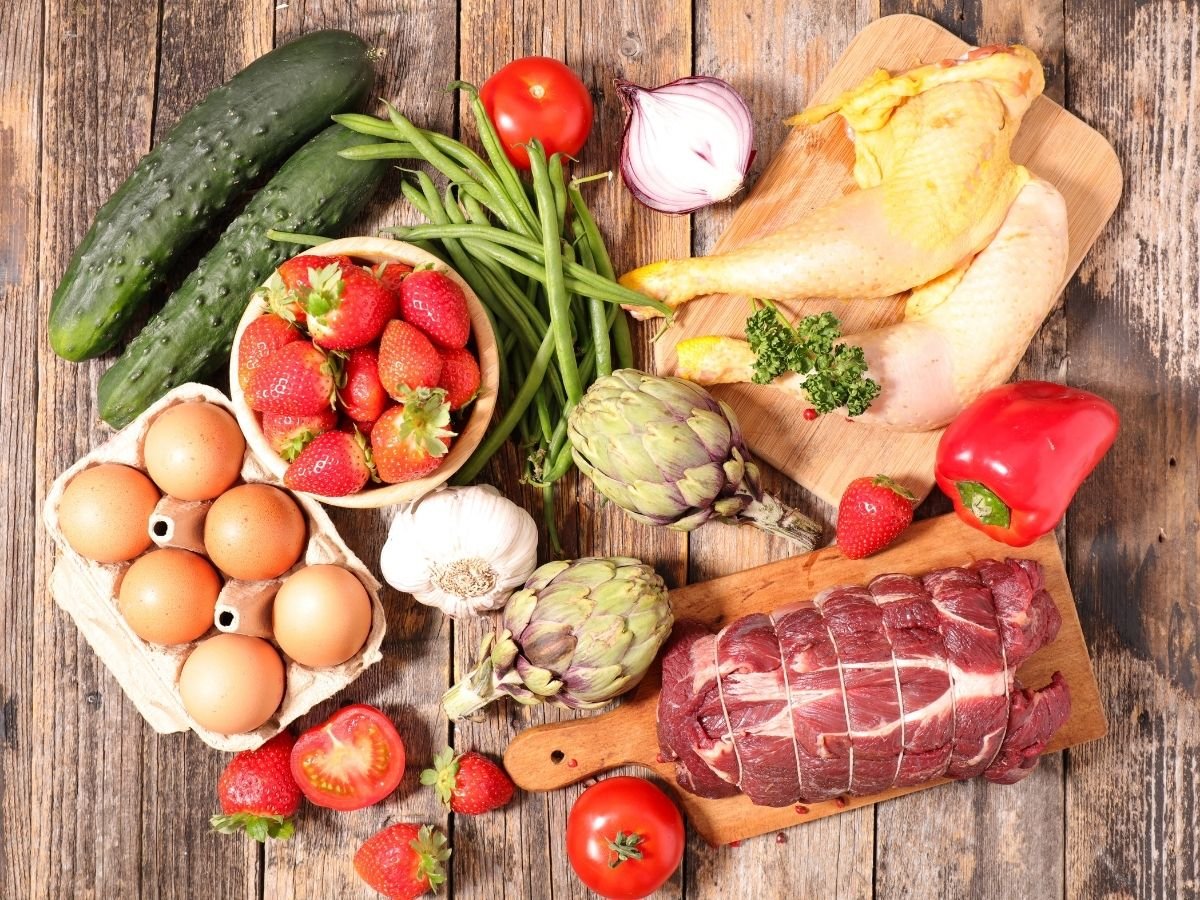How to Keep Food Fresher for Longer with Proper Storage
How often have you thrown away wilted vegetables, stale snacks, or leftovers that turned questionable in just a few days? Food waste isn’t just frustrating—it’s expensive. But the good news is, with a few simple adjustments to how you store your food, you can extend freshness, reduce waste, and save money every month. In this guide, you’ll learn how to use airtight containers, fridge organisers, and pantry jars to make your kitchen work smarter—not harder.
1. The Problem with Poor Food Storage
Improper storage is one of the biggest culprits of food spoilage. Leaving leftovers uncovered, piling produce in the wrong fridge drawers, or forgetting items in the back of the pantry all contribute to early expiration. According to the USDA, the average American family wastes around $1,500 worth of food every year. That’s a significant chunk of your grocery budget—gone.
Spoilage also affects the taste, texture, and nutritional value of your food. Worse, it contributes to environmental waste when perfectly good food ends up in landfills. Luckily, this is all preventable.
2. The Power of Airtight Containers
Airtight containers are your first line of defense against food spoilage. These containers lock out air and moisture, which slows down the growth of bacteria and mold.
Why Airtight Matters
- Preserves freshness by preventing oxidation.
- Keeps pests out (especially important for dry goods).
- Prevents odor transfer between strong-smelling items.
Choosing the Right Containers
- Glass containers are durable, microwave-safe, and non-toxic.
- Plastic containers are lightweight and often more affordable, but opt for BPA-free options.
- Look for stackable sets to maximize space.
- Use small containers for single servings to avoid repeated exposure.
Pro Tip: Store leftovers in shallow containers to cool them faster and prevent bacterial growth.
3. Organising Your Fridge the Smart Way
Believe it or not, your fridge has different temperature zones—and organizing it properly can make a big difference in how long your food lasts.
Fridge Storage Tips
- Top Shelf: Best for drinks, leftovers, and ready-to-eat items.
- Middle Shelves: Ideal for dairy (milk, cheese, yogurt).
- Bottom Shelf: Coldest area; use for raw meats or seafood (preferably in a tray to catch drips).
- Crisper Drawers: One for fruits, one for vegetables. Keep them separate to prevent ethylene gas from ripening things too quickly.
Using Fridge Organisers
- Use clear bins to group similar items (e.g., condiments, snacks, sauces).
- Add turntables or lazy Susans for hard-to-reach corners.
- Label bins to easily identify food categories.
4. Pantry Jars: Aesthetic & Functional
Pantry jars don’t just look great on Instagram—they actually help preserve food quality.
Benefits of Using Jars
- Keeps out moisture and pests.
- Makes food more visible, reducing the risk of forgotten items.
- Helps with portion control and inventory management.
Tips for Effective Pantry Storage
- Choose airtight glass jars with rubber seals for longer shelf life.
- Use labels and dates to track freshness.
- Group items by type: grains, flours, legumes, snacks, baking essentials.
This not only prevents waste but makes meal prep faster and more enjoyable.
5. Bonus Tips for Keeping Food Fresh
- Label and date everything: Especially leftovers and freezer items.
- Practice “First In, First Out”: Put newer items behind older ones.
- Freeze extra portions: Use freezer-safe bags or containers. Don’t forget to label with name and date.
- Store certain foods separately: Onions and potatoes, for instance, should never be stored together. Tomatoes and bananas ripen faster in the fridge, so store them at room temperature instead.
6. Must-Have Storage Tools for Every Kitchen
Here’s a simple checklist to upgrade your food storage game:
✅ Airtight glass or BPA-free plastic containers
✅ Stackable fridge bins
✅ Clear pantry jars (glass with sealable lids)
✅ Label maker or erasable labels
✅ Freezer-safe bags or silicone pouches
✅ Turntables (for fridge corners or deep pantry shelves)
✅ Crisper drawer liners (to extend produce life)
Optional but helpful: vacuum sealers for freezing meat or bulk goods.
Conclusion
Keeping food fresher for longer isn’t about buying more—it’s about storing smarter. With the right containers, a bit of fridge and pantry organisation, and some simple labeling habits, you can stretch the life of your groceries, reduce waste, and enjoy fresher meals all week long.
Start small: pick one drawer or one shelf to organize this week. You’ll be amazed at how much difference it makes.
Have a favorite storage tip or must-have product? Share it in the comments below—we’d love to hear from you!

